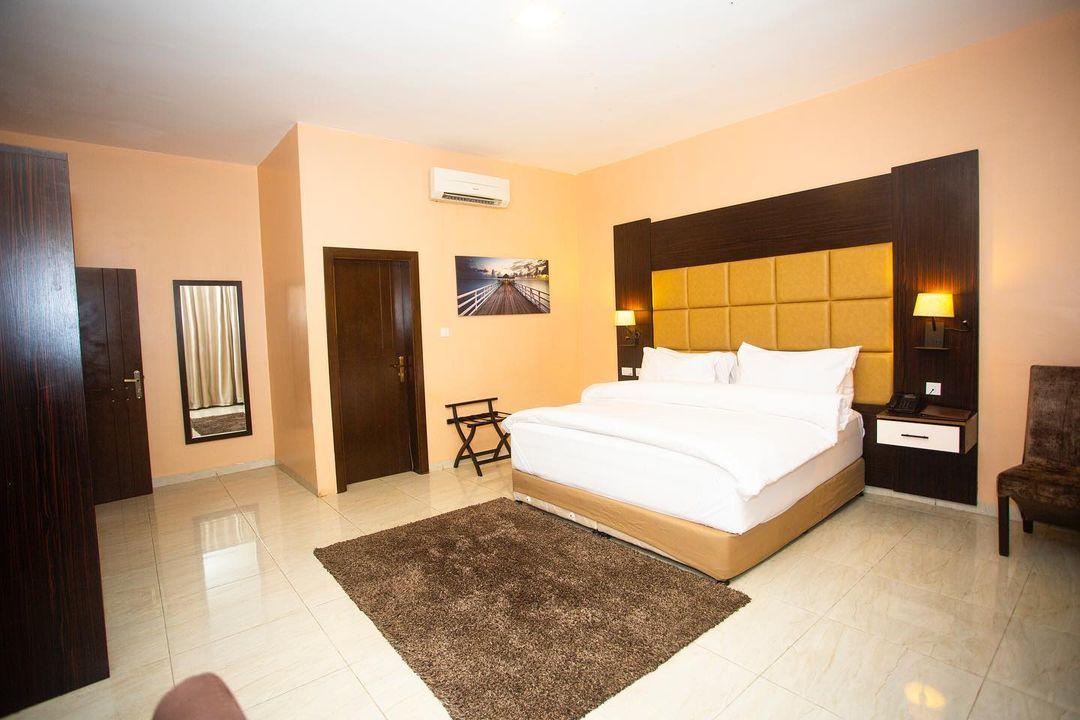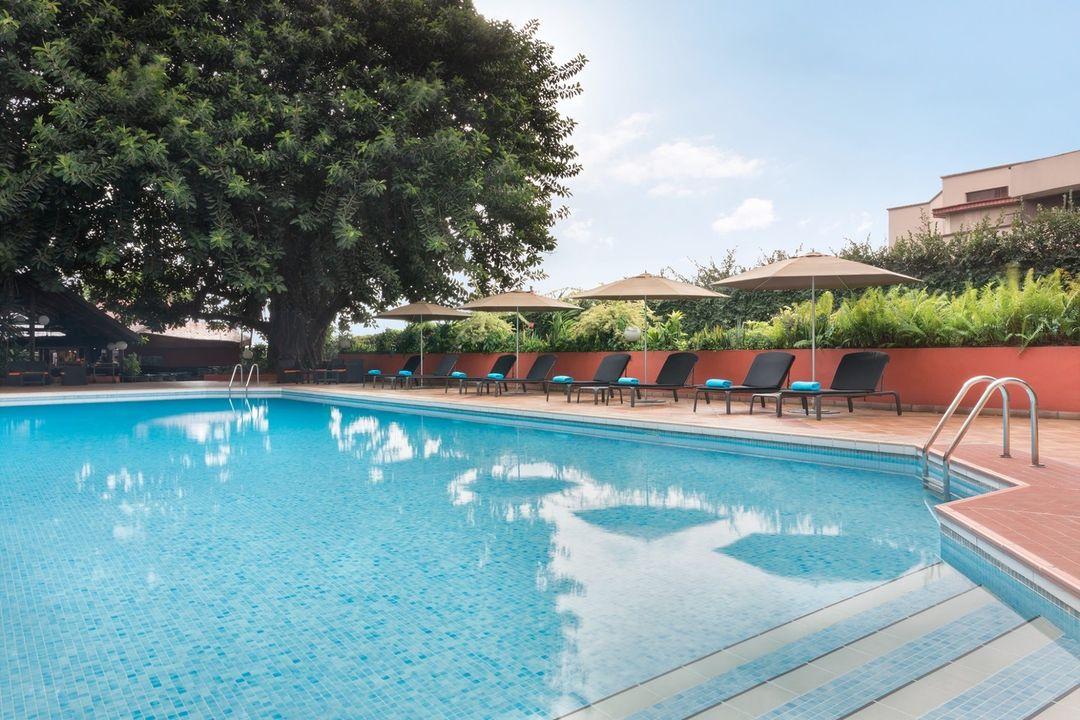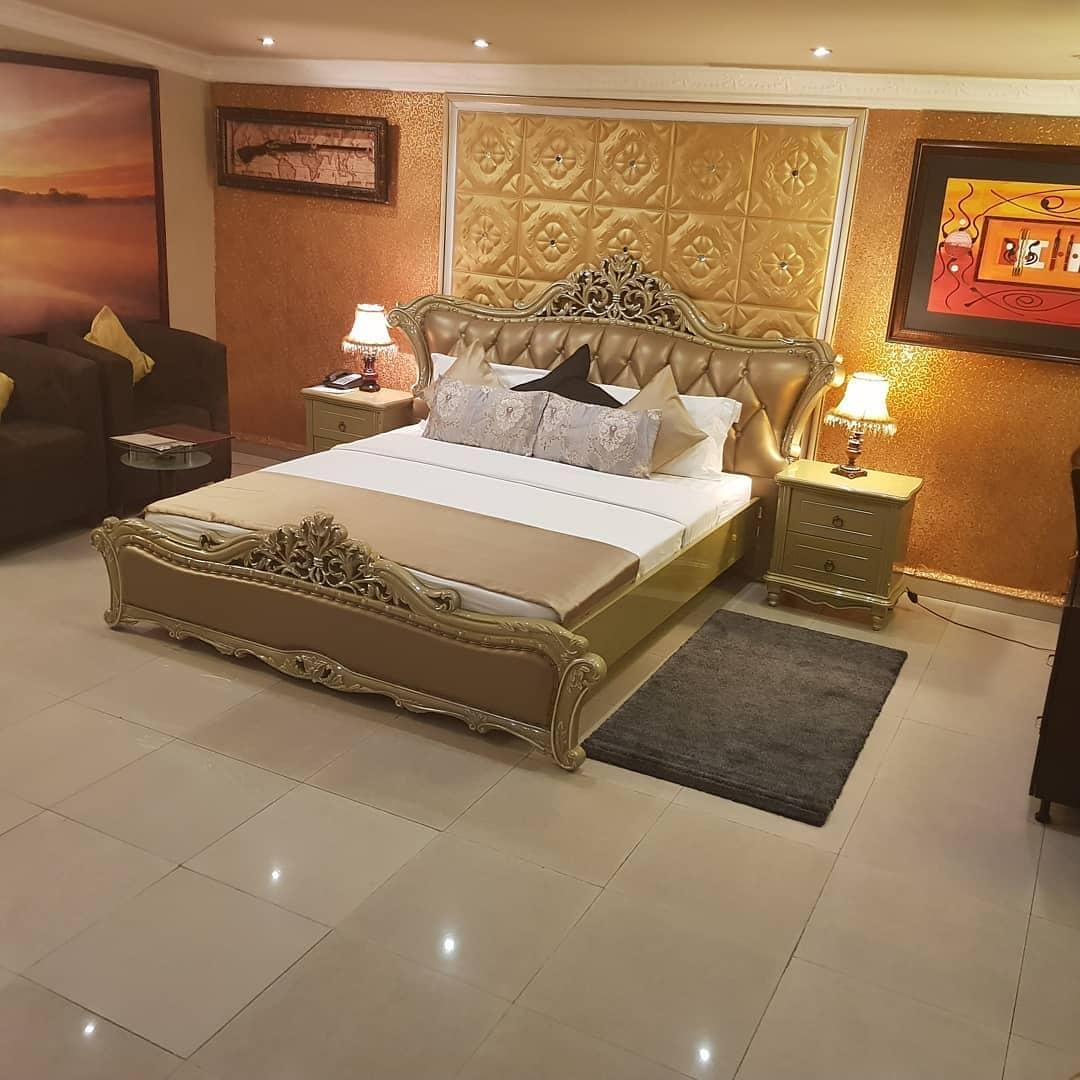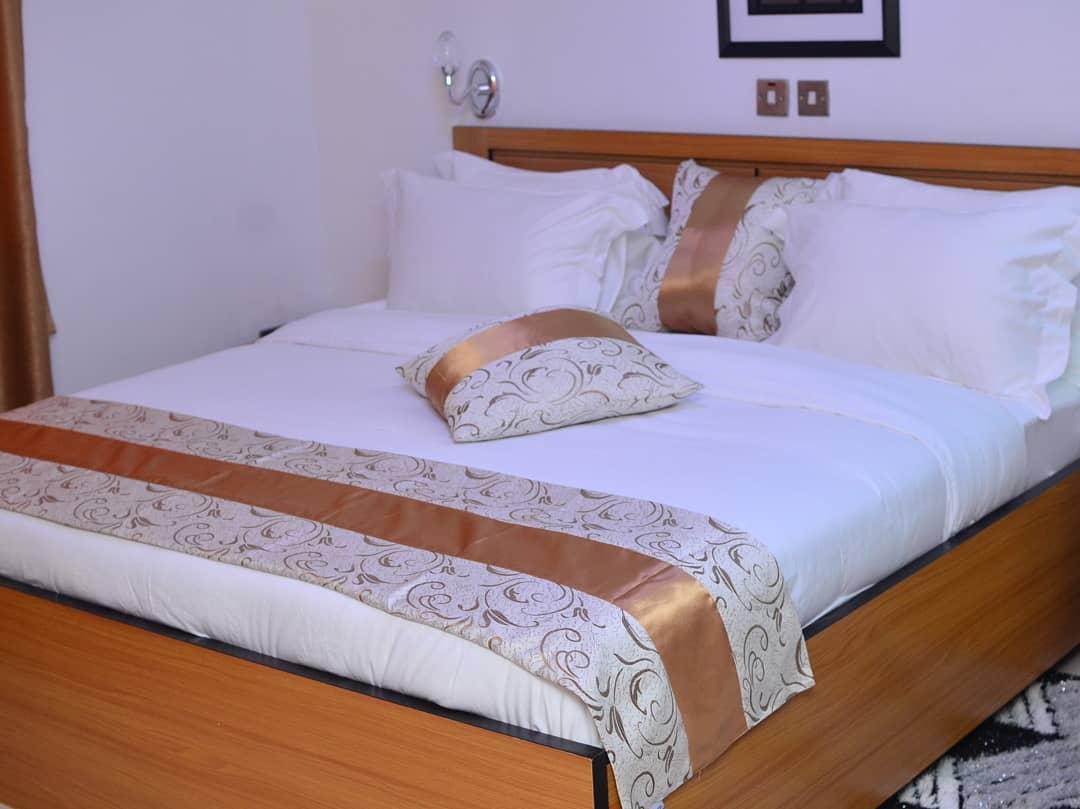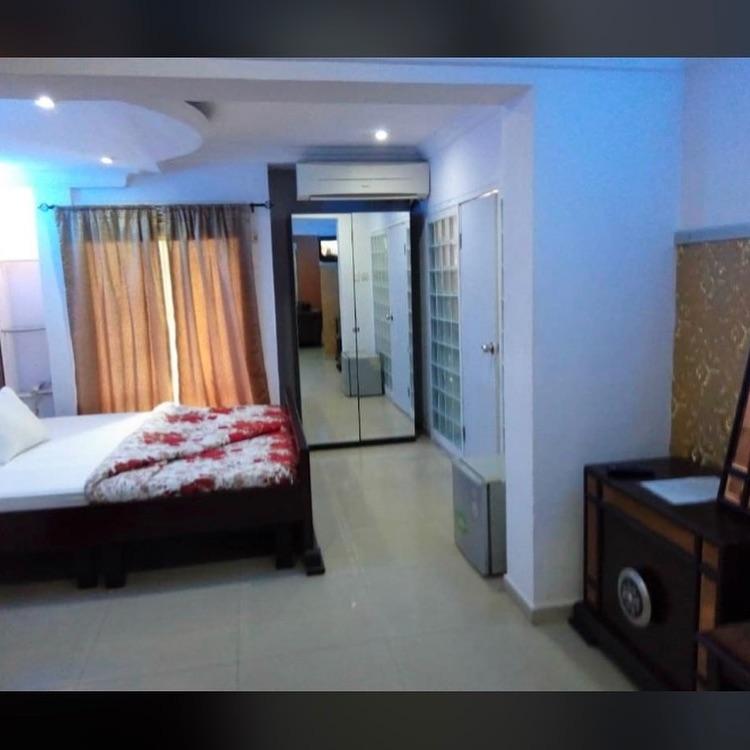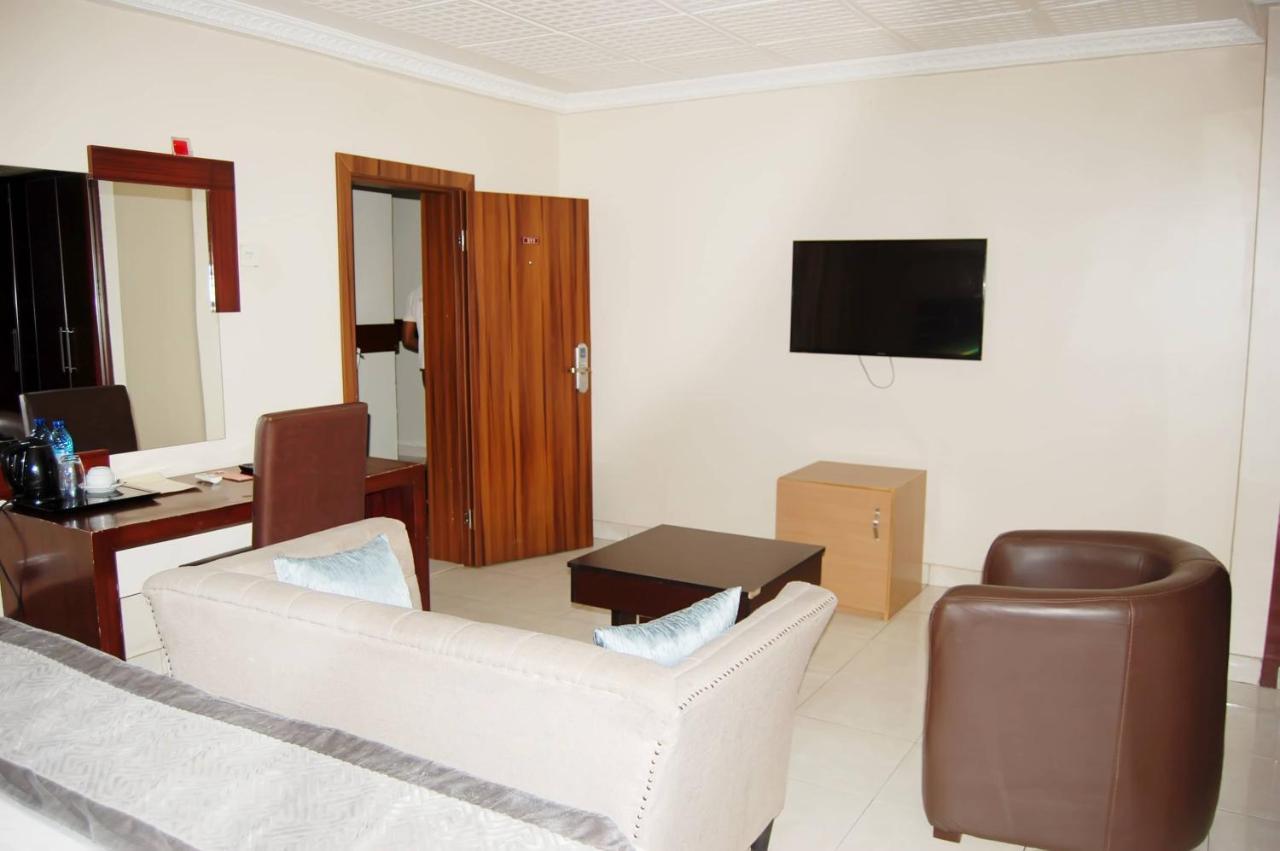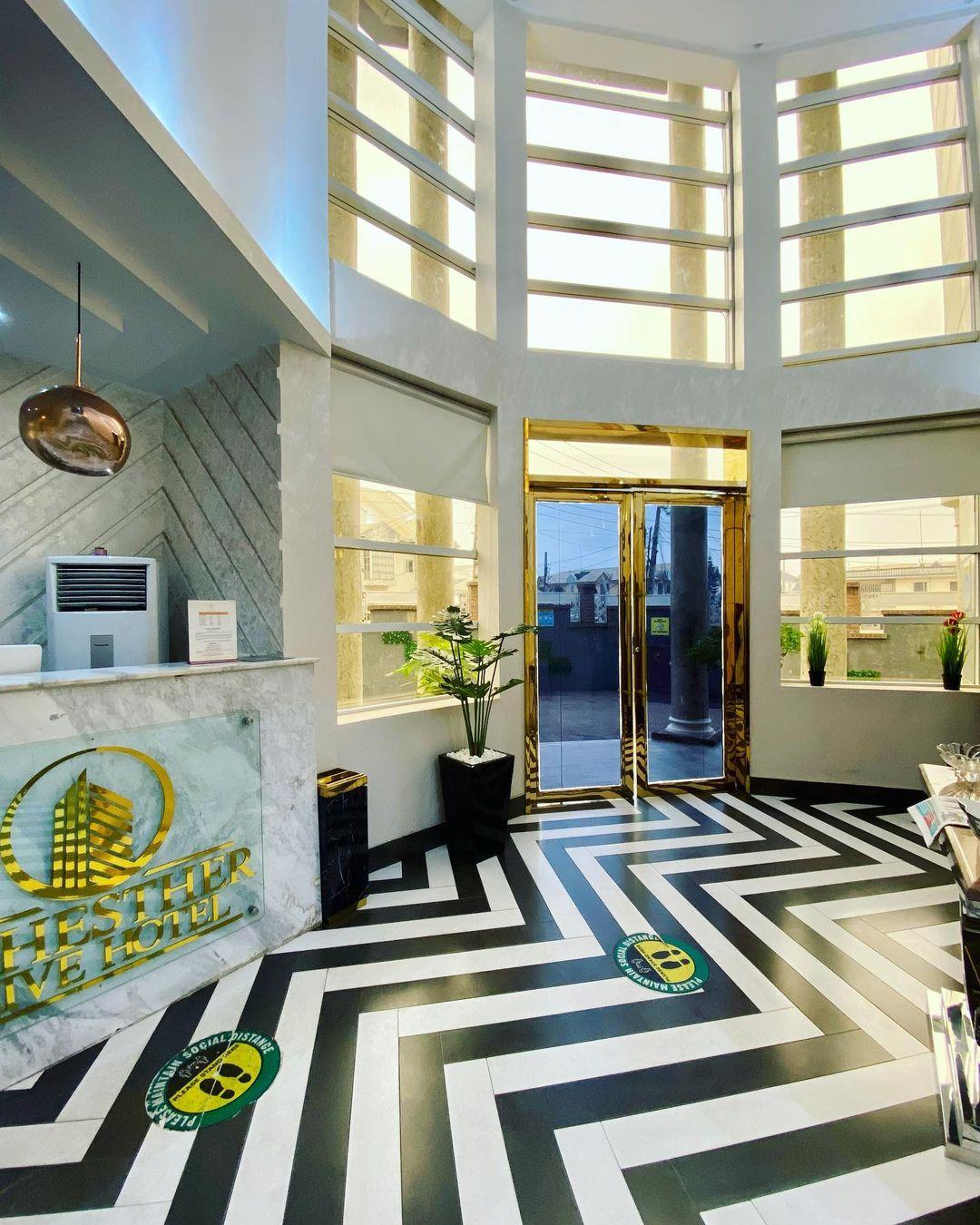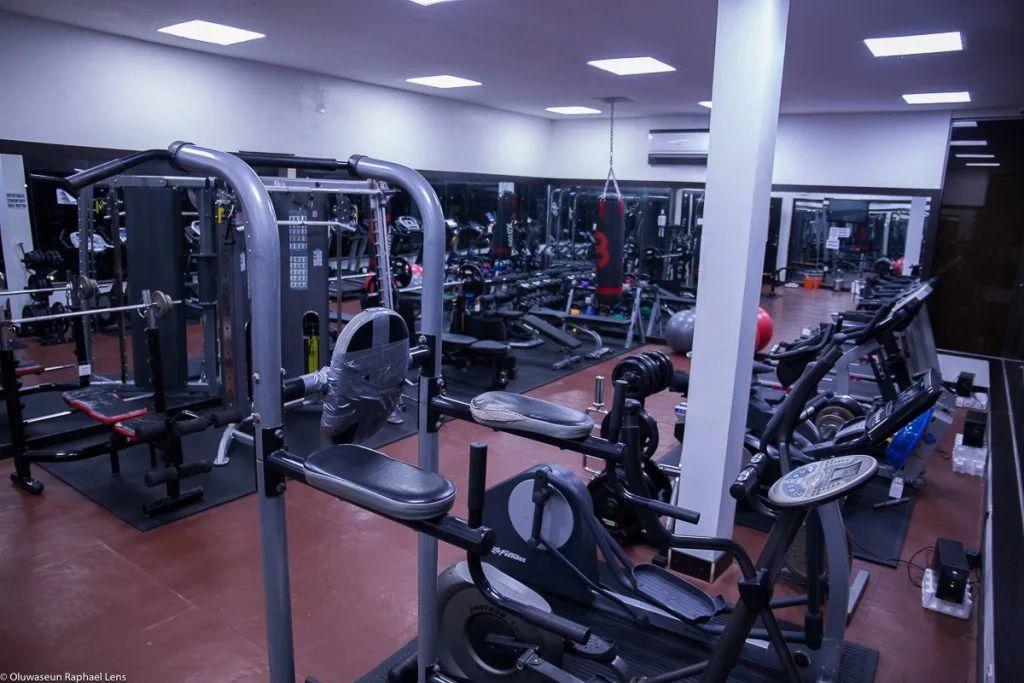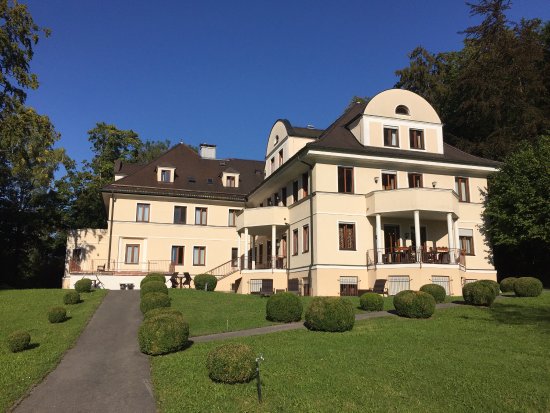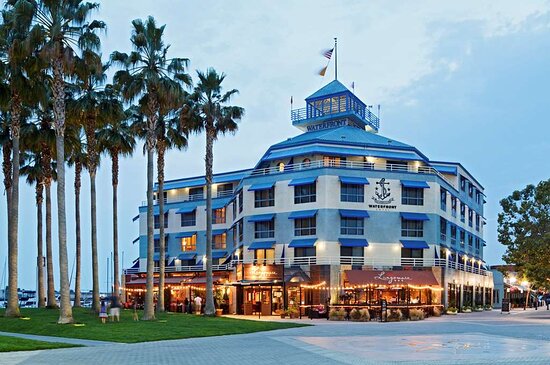major African financial centre and is the economic hub of Lagos State and Nigeria at large. Lagos is also among the top ten of the world's fastest-growing cities and urban areas. The megacity has the fourth-highest GDP in Africa and houses one of the largest and busiest seaports on the continent. The Lagos metropolitan area is a major educational and cultural centre in Sub Saharan Africa.Lagos initially emerged as a home to the Awori subgroup of the Yoruba of West Africa and later emerged as a port city that originated on a collection of islands, which are contained in the present-day Local Government Areas (LGAs) of Lagos Island, Eti-Osa, Amuwo-Odofin and Apapa. The islands are separated by creeks, fringing the southwest mouth of Lagos Lagoon while being protected from the Atlantic Ocean by barrier islands and long sand spits such as Bar Beach, which stretch up to 100 km (62 mi) east and west of the mouth. Due to rapid urbanization, the city expanded to the west of the lagoon to include areas in the present day Lagos Mainland, Ajeromi-Ifelodun and Surulere. This led to the classification of Lagos into two main areas: the Island, which was the original city of Lagos, and the Mainland, which it has since expanded into. This city area was governed directly by the Federal Government through the Lagos City Council, until the creation of Lagos State in 1967, which led to the splitting of Lagos city into the present day seven Local Government Areas (LGAs), and an addition of other towns (which now make up 13 LGAs) from the then Western Region to form the state.
Lagos
Lagos is the largest city in Nigeria and the second-most populous city in Africa, with a population of 15.3 million as of 2022 within the city proper. The Lagos metropolitan area has a total population of roughly 23.5 million as of 2018, making it the largest metropolitan area in Africa. Lagos is a ...read more
Plan your trip to Lagos
Experience the best tours, attractions & activities you won’t want to miss.
Top hotels in Lagos
Top restaurants in Lagos
Enjoy up to 50% on hotels and restaurants in Lagos
Experience the best tours, attractions & activities you won’t want to miss.
